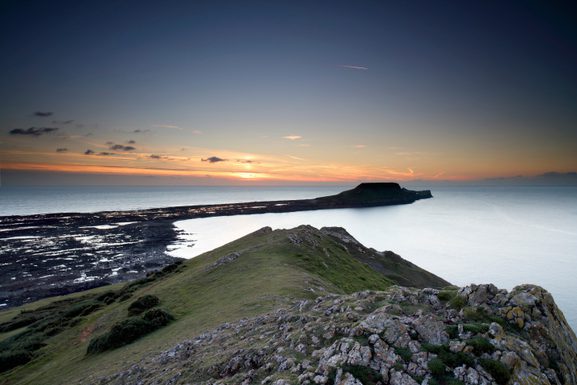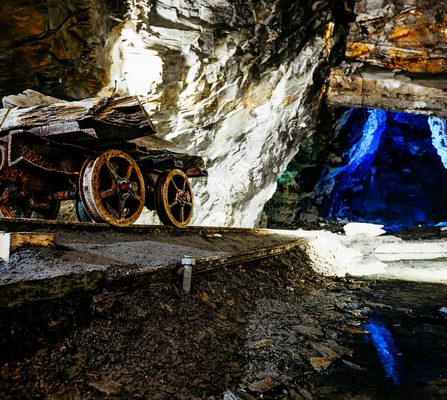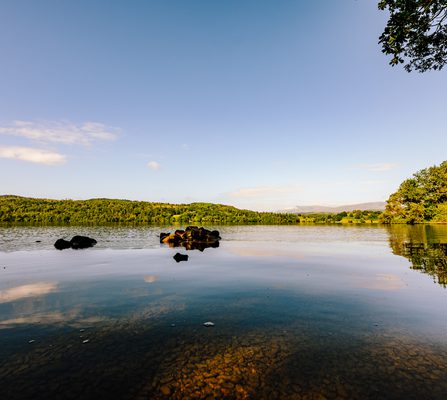Worm's Head
Jutting dramatically into the sea at the western tip of the Gower Peninsula, Worm’s Head is one of Wales’s most iconic and awe-inspiring natural landmarks. Shaped like a sleeping dragon, this tidal island is named from the Old English word "wyrm," meaning sea serpent - a nod to its long, twisting silhouette.
Only attempt the crossing at safe tidal times. Always check the tide schedule locally or on the National Trust website, and wear sturdy footwear.
The adventure begins at Rhossili, one of the UK’s most breathtaking beaches, where a scenic walk leads down to the causeway that links the mainland to Worm’s Head. This rocky path is only exposed for around 2.5 hours either side of low tide, making timing crucial - crossing outside this window can be dangerous and leave visitors stranded.
Once across, intrepid explorers can trek along the island’s rugged terrain, passing seabird colonies, dramatic cliffs, and blowholes. The furthest point, known as the Devil’s Bridge, offers jaw-dropping views across the Bristol Channel and is a nesting site for guillemots, razorbills, and even Atlantic grey seals.
Though the route is challenging with uneven rocks, slippery seaweed, and scrambling required in places, the reward is an unforgettable encounter with raw coastal beauty and a true sense of wild adventure.
Back on the mainland, visitors can enjoy panoramic views from the Rhossili cliffs, visit the National Trust visitor centre, or relax with a drink at the nearby cafés and pubs.

Nearby zip world locations




















